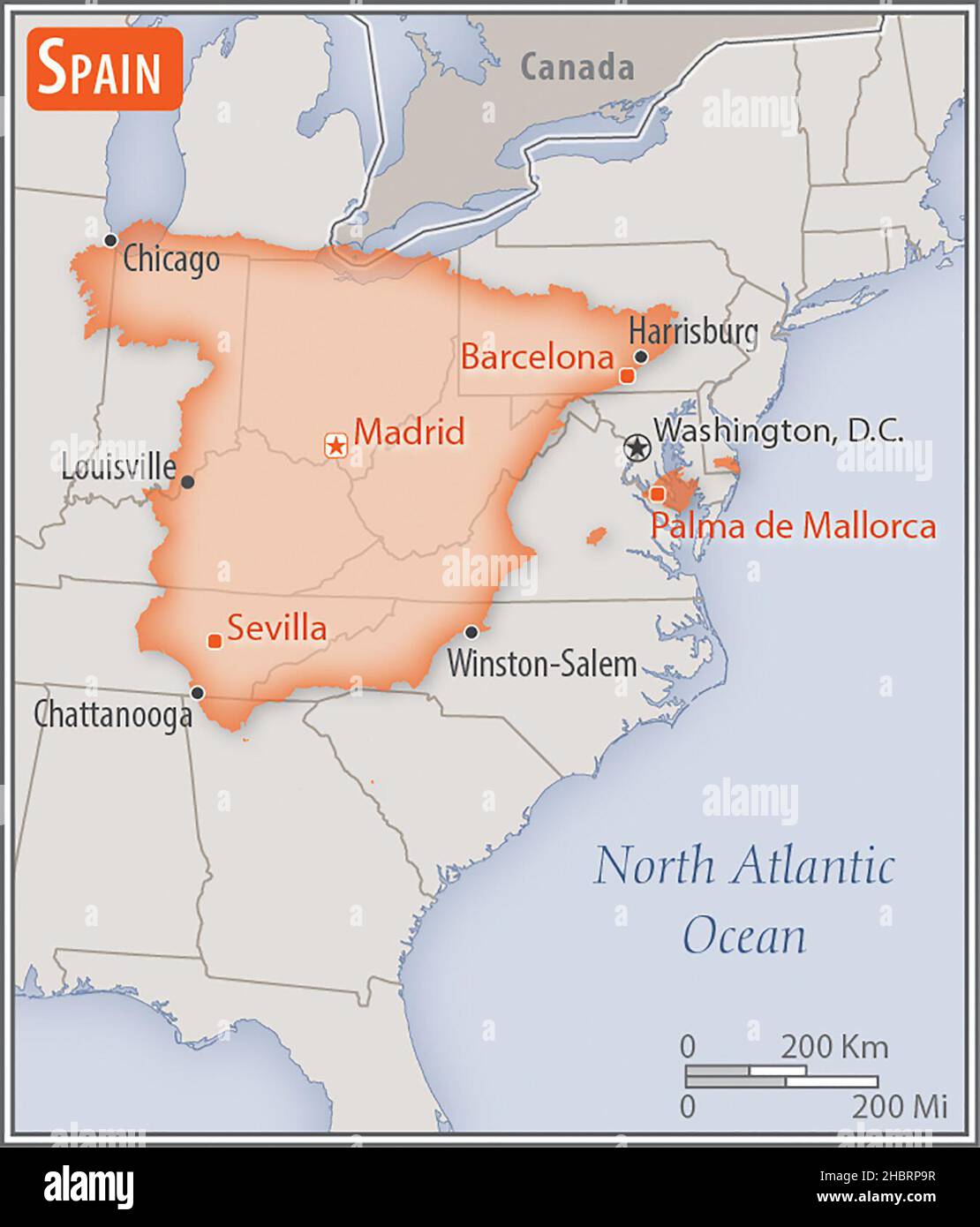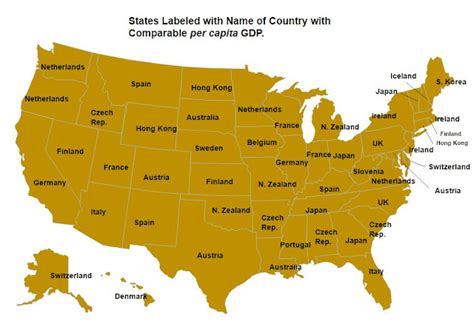Australia United States Size Comparison

The comparison between Australia and the United States in terms of size is a fascinating topic, as both countries are among the largest in the world, albeit in different contexts. Australia, an island nation, is the world's sixth-largest country by total area, while the United States, a continental power, ranks as the third-largest. To understand the scale of these countries, it's essential to delve into their geographical dimensions and how they relate to each other.
Key Points
- Australia is the sixth-largest country globally, covering approximately 7,692,024 square kilometers.
- The United States is the third-largest country, spanning about 9,833,517 square kilometers.
- The size difference between the two countries is roughly 2,141,493 square kilometers, with the U.S. being larger.
- Australia's population density is significantly lower than that of the United States, with about 3 people per square kilometer compared to approximately 36 people per square kilometer in the U.S.
- Both countries have diverse geography, including deserts, mountains, and coastal regions, contributing to their unique environmental and ecological profiles.
Geographical Overview

Australia’s total area is approximately 7,692,024 square kilometers, making it a substantial landmass. In contrast, the United States covers about 9,833,517 square kilometers, which is roughly 28% larger than Australia. This size difference is significant, with the U.S. being able to fit Australia within its borders, along with several other smaller countries. The diverse geography of both nations, including vast deserts, mountain ranges, and extensive coastlines, contributes to their ecological richness and biodiversity.
Population Density Comparison
Despite their large land areas, both countries have relatively low population densities compared to many other parts of the world. Australia has a population density of about 3 people per square kilometer, reflecting its vast, uninhabited desert regions. The United States, with a population density of approximately 36 people per square kilometer, is significantly more densely populated, especially in urban areas like New York City and Los Angeles. This difference in population density affects various aspects of life, including urban planning, resource distribution, and environmental conservation efforts.
| Country | Total Area (km²) | Population Density (people/km²) |
|---|---|---|
| Australia | 7,692,024 | 3 |
| United States | 9,833,517 | 36 |

Economic and Environmental Implications

The size of these countries, along with their population densities, has profound implications for their economies and environmental policies. Australia’s vast, sparsely populated areas pose challenges for infrastructure development and resource extraction, while its unique biodiversity requires stringent conservation efforts. The United States, with its larger and more densely populated regions, faces challenges related to urban sprawl, pollution, and the efficient distribution of resources. Understanding these factors is crucial for developing sustainable practices and ensuring the long-term viability of both countries’ ecosystems and economies.
Future Considerations
As both Australia and the United States look to the future, their sizes and population densities will play significant roles in shaping their national strategies. Investing in sustainable technologies, managing natural resources effectively, and implementing policies that mitigate the effects of climate change will be crucial. The sheer size of these countries provides them with the opportunity to become global leaders in environmental conservation and sustainable development, setting examples for other nations to follow.
How does the size of Australia and the United States affect their economies?
+The size of both countries impacts their economies in several ways, including the cost of infrastructure development, the management of natural resources, and the distribution of goods and services. Larger countries often have the advantage of economies of scale but also face challenges related to regional disparities and environmental conservation.
What role does population density play in environmental conservation efforts?
+Population density significantly influences environmental conservation. High population densities can lead to increased pollution, habitat destruction, and resource depletion, whereas lower densities can result in more manageable environmental impacts. However, lower densities also pose challenges for providing services and infrastructure without harming the environment.
How do Australia and the United States compare in terms of biodiversity?
+Both Australia and the United States are recognized for their rich biodiversity. Australia is home to a unique set of endemic species found nowhere else in the world, thanks to its geographical isolation. The United States, with its varied landscapes, hosts a wide range of flora and fauna. Both countries face challenges in preserving their biodiversity due to habitat destruction, climate change, and invasive species.
In conclusion, the size comparison between Australia and the United States offers a fascinating glimpse into the geographical, economic, and environmental aspects of these two global players. As they move forward, understanding and addressing the challenges and opportunities presented by their sizes will be crucial for sustainable development and environmental stewardship.



